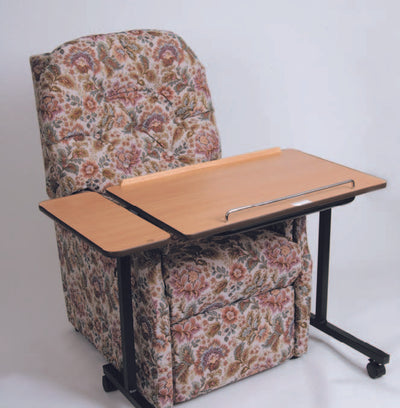5 Easy Steps for Cleaning a Stethoscope
Here is a detailed step-by-step guide on how to properly clean and disinfect your stethoscope in order to prevent the spread of germs and harmful substances while ensuring that the tool works properly. It is important to note that this cleaning process should be repeated every time the stethoscope is used and that the diaphragm cover should be regularly changed when any cracks or signs of damage are spotted.
1. Disassemble the Stethoscope
Start by removing the ear tips and diaphragm cover from the chest piece. Make sure to separate the different parts and clean them separately. This can be done using mild soap and water with a soft cloth or sponge to gently scrub away any dirt or debris from the chest piece and diaphragm. Be sure to clean the inside and outside of the chest piece to ensure that all areas are free from germs and dirt.
2. Clean with a Q-tip
The ear tips should be cleaned with mild soap and water as well. Use a Q-tip or soft toothbrush to remove any dirt or debris from the small crevices, ensuring that all areas are thoroughly cleaned. This will prevent any buildup of germs or other harmful substances that may affect the performance of your stethoscope.
3. Rinse the components thoroughly
Thoroughly rinse all parts with clean water to remove any soap residue. This step is important to ensure that all soap residue is removed, which could otherwise cause discomfort or irritation to the patient during use.
4. Disinfect each component
Disinfect the chest piece, diaphragm cover, and ear tips with an alcohol-based solution, making sure to cover the entire surface of each piece. This will help to eliminate any remaining germs or harmful substances on the stethoscope. Allow the alcohol to dry completely before reassembling the stethoscope.
5. Re-attach and secure
To reassemble your stethoscope, place the diaphragm cover back onto the chest piece and attach the ear tips. It is important to ensure that all parts are properly attached and secure to avoid any potential issues during use.
In addition to those steps we have some useful do’s and don’ts to consider when keeping your stethoscope squeaky clean
Do:
- Clean your stethoscope after each use. Use a soft cloth or a disposable wipe to clean the chest piece, ear tips and tubing. You can also use alcohol-based wipes to disinfect your stethoscope.
- Store your stethoscope properly. Keep your stethoscope in a protective case when not in use to prevent damage and exposure to dirt and dust.
- Replace ear tips and diaphragm regularly. Ear tips and diaphragm can wear out with time and use, so it is important to replace them regularly to maintain good sound quality.
- Check for cracks, tears, or other damage. Inspect your stethoscope regularly for any signs of damage, and replace any parts that are worn out or damaged.
- Follow the manufacturer's instructions. Read and follow the instructions provided by the manufacturer for cleaning and maintaining your stethoscope.
Don’t:
- Don't immerse your stethoscope in water. Water can damage the internal components of your stethoscope, so avoid using it to clean your stethoscope.
- Don't use harsh chemicals or abrasive cleaners. Avoid using harsh chemicals or abrasive cleaners, as they can damage the surface of your stethoscope.
- Don't use your stethoscope on patients with contagious diseases. To prevent the spread of infections, avoid using your stethoscope on patients with contagious diseases.
- Don't leave your stethoscope in direct sunlight or extreme temperatures. Exposure to direct sunlight or extreme temperatures can damage your stethoscope, so it is important to store it in a cool, dry place.
That should be all the information you need to confidently clean your stethoscope!





































